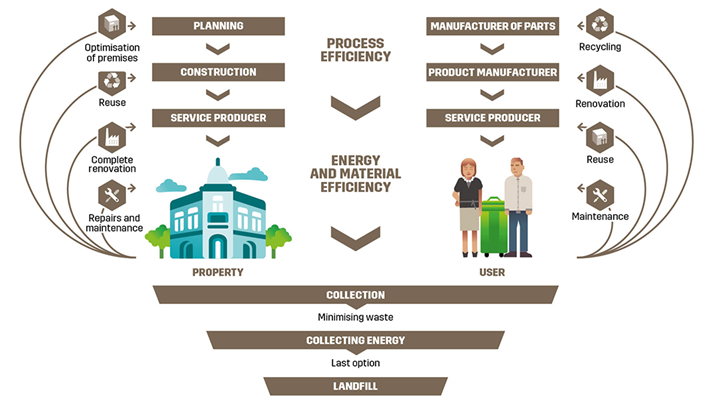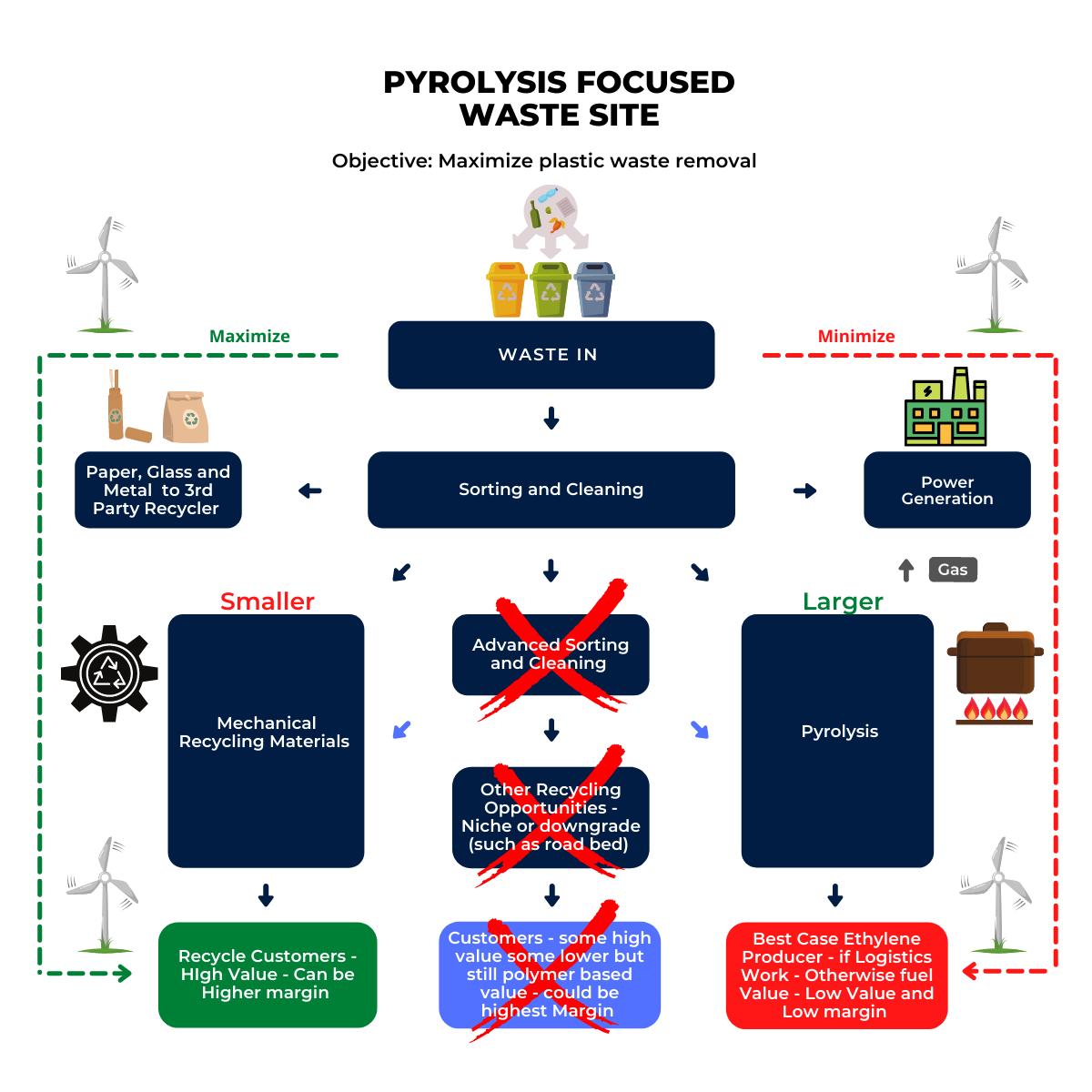The Colgate Palmolive sustainability and social impact report is very comprehensive, and we like the comprehensive inclusion of water security towards the end. The challenge for all corporates that set goals like those outlined below will be the elements that they cannot control – something we discussed at length in this week’s ESG and Climate report with a focus on sustainable fuels. We cannot pursue renewable power as fast as we would like without supportive policy around materials investment – Colgate Palmolive will not be able to get to 100% renewable power by 2030 if it is either not available or prohibitively expensive because of competition. The company will also not be able to meet its sustainable materials goals of the sustainable goals that need to come from crops. We do not have a radically different farm policy. The goal to achieve 100% recyclable reusable or compostable plastic packaging by 2025, is very ambitious and has some negative ramifications for the compounders, who will likely lose volume, and positive ramifications for compostable polymers.
Colgate Palmolive: A Bold Agenda But Markets Will Need To Cooperate
Apr 22, 2022 2:53:48 PM / by Graham Copley posted in ESG, Climate Change, Sustainability, Renewable Power, recycle, water
It's Not Just Packaging That Needs To Be Recycled
Mar 30, 2022 11:55:43 AM / by Graham Copley posted in ESG, Recycling, Polymers, Climate Change, Sustainability, Plastic Waste, Plastics, Emissions, packaging, durables, carbon footprint, polymer, recycle, materials, Building Products, construction, life cycle, greenfield, building industry, recycled materials
We tend to focus on recycling conventional plastic waste, but there are growing initiatives to look at the longer life cycle of durables and while this has mostly been focused on the automotive space, it is interesting to see the building industry looking at building life cycles. Many of the alternative use mechanical recycling initiatives are directed toward substituting building products such as concrete and wood and while this will help the construction sustainability story, the end of life cycle issue is less clear. The majority of commercial real-estate emissions are associated with operations (around 70%) and this is the greater focus for owners today, but the life cycle question is increasingly important for building tenants. In the UK for example there are redevelopment projects proactively advertising how much of the original building will be retained – i.e. not demolished and landfilled. Ultimately this might lead to lower demand for commercial building products where developers are looking at existing buildings, but it will not impact new greenfield builds unless you get a steep increase in recycled polymer use. The offset would likely be concrete as this is the high carbon footprint material that most are targeting. See more in today's ESG and Climate Report.
100% Recycling: A Bold But Necessary Ambition For The ACC
Aug 25, 2021 1:33:16 PM / by Graham Copley posted in ESG, Recycling, Polymers, PVC, Plastic Waste, Plastics, chemical recycling, packaging polymers, ACC, plastics packaging, reuse, recycle, recover
The ACC goal of recovering 100% of packaging polymers is bold but likely necessary to show that its members are focused on a full solution, rather than some sort of halfway step. The goal is broken down as follows:




